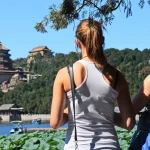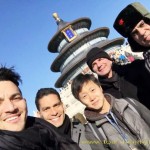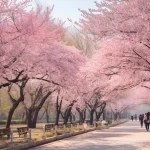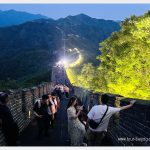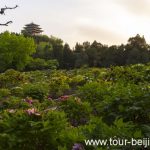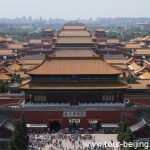Suan Cai Jiaozi – New Year’s Soul in Dongbei
Suan Cai, literally “sour vegetable”, is a traditional Chinese pickled Chinese cabbage. Jiaozi are a kind of Chinese dumplings eaten across China, especially popular in Northern China. Jiaozi with Suan Cai fillings mixed with minced pork are the most festive food during Chinese New Year in Dongbei ( Northeast China ). Dongbei (Northeast China) is historically…
